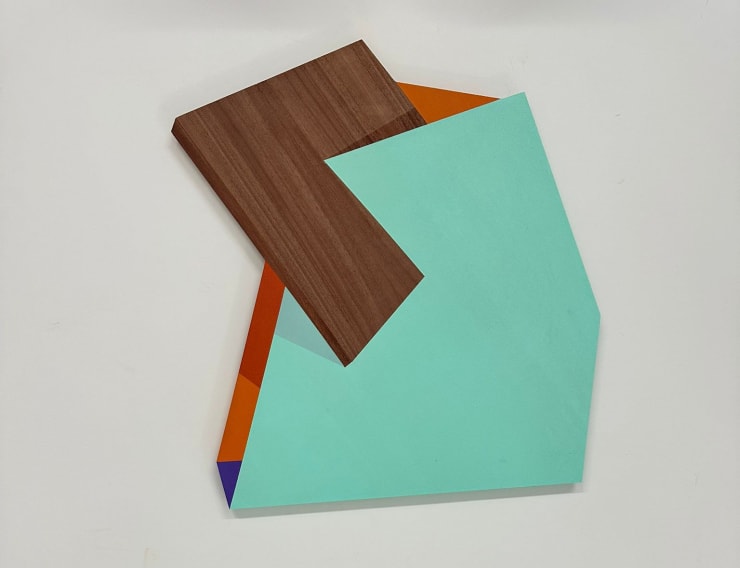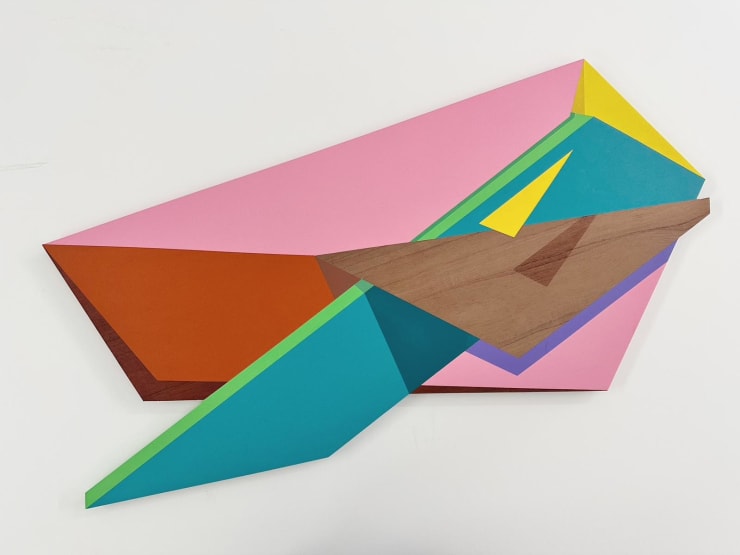Eduardo Cabrer
Biography
Eduardo Cabrer (Santurce, Puerto Rico, 1976) is a visual artist whose recent practice engages geometric abstraction as a framework for examining the interplay between light, color, and perception. Educated at the University of Miami, Universidad del Sagrado Corazón, and The George Washington University—where he earned his BFA and MFA—Cabrer has cultivated a body of work that merges formal rigor with a sustained inquiry into emotion and sensory experience.
His artistic development has been further shaped by residencies at the School of Visual Arts in New York and the Vermont Studio Center, both of which expanded his exploration of materiality and spatial composition. Over the years, Cabrer has presented his work in numerous solo and group exhibitions in Puerto Rico and abroad, contributing to the dissemination of a distinct visual language that bridges structure and affect. His works are represented in significant private and institutional collections, both locally and internationally.
In Eduardo Cabrer’s work, geometry becomes both structure and mirror. What once served as a language to elevate the ordinary—objects drawn from memory and everyday life—has evolved into an introspective architecture where color, light, and form are instruments of self-examination.
Cabrer’s recent paintings and constructions emerge from a dialogue between precision and vulnerability. The measured clarity of geometric abstraction meets the shifting terrain of human emotion, suggesting that order itself can be a form of feeling. His compositions—planes intersecting, edges dissolving, shadows vibrating—invite a perceptual tension where what is seen and what is sensed coexist.
Having long explored the expressive potential of materials such as resin, fiberglass, concrete, and wood, Cabrer now turns his attention inward, positioning the self as both subject and object. These works are less about external reference than about the quiet drama of perception: how we see ourselves, how we are seen, and how identity unfolds across the surfaces of experience.
What results is a body of work that resists static interpretation. Cabrer’s abstractions operate as meditative spaces—fields of color and form that ask for presence rather than explanation. They are not declarations but invitations: to pause, to look, and to feel the resonance that lingers in the encounter between geometry and the human spirit.



